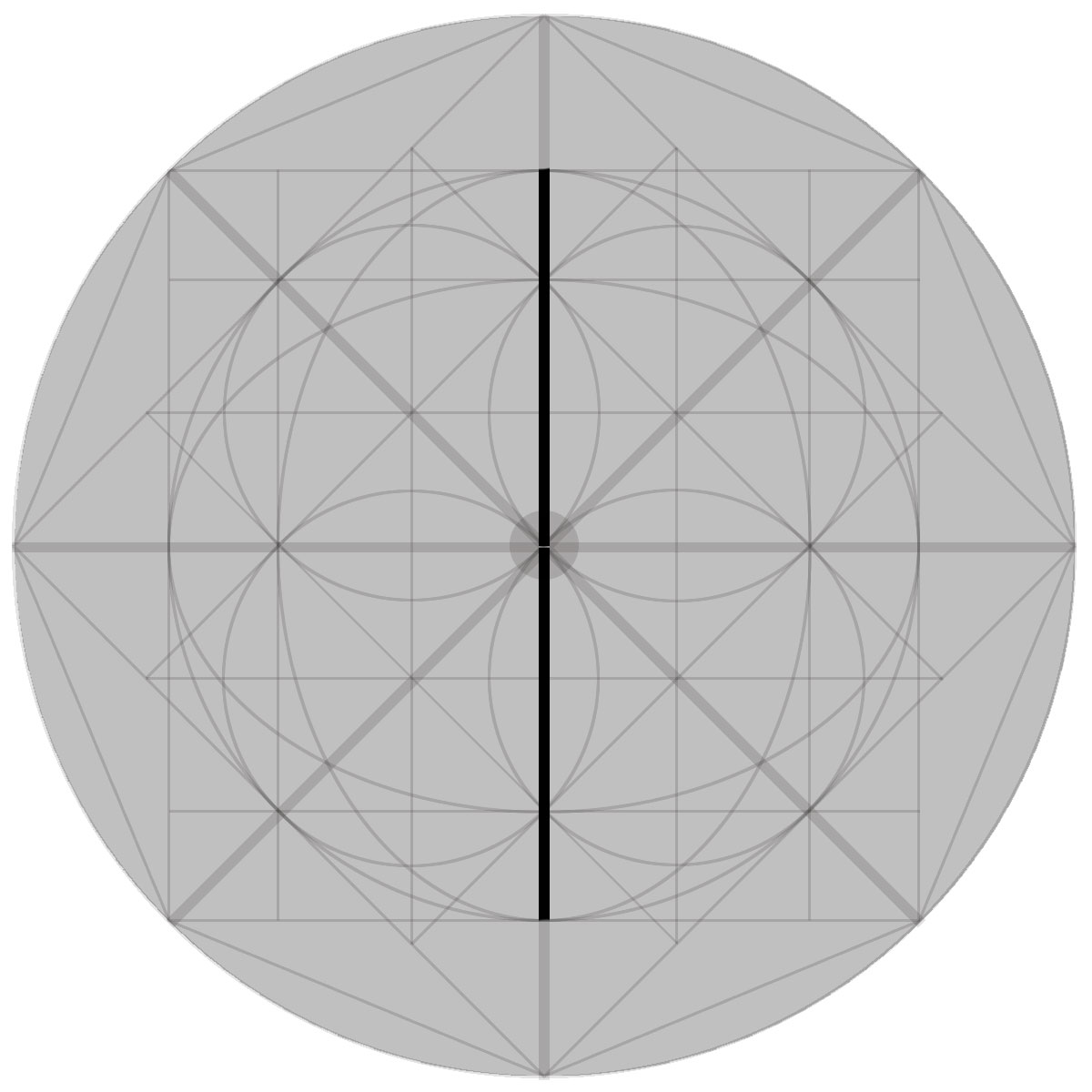
The upward block sequence is as follows:
| 1) | step backward with the left foot into a transitory rear twist stance |
| 2) | rotate to your left into a left neutral bow, while simultaneously executing a left downward - right, inward universal block |
| 3) | shift forward into a left forward bow with a left, upward block, simultaneously with a right, forward hammer-fist |
| 4) | shift backward into a left neutral bow with left, overhead claw, simultaneously with a right, outward back-knuckle - both at head level |
| 5) | execute a left outward back-knuckle, at head level, while simultaneously retracting your right hand |
| 6) | execute a right outward back-knuckle, at head level, while simultaneously retracting your left hand |
| 7) | step backward with the right foot into a right transitory rear twist stance and repeat the above sequence on the opposite side (toward 12:00H) |
The obvious information derived from this sequence is:
•it advances from the transitory (cat) position
•it utilizes the neutral bow and forward bow stances (excluding the transitional stances)
•it demonstrates execution of front with rear weapon (defensively)
•it demonstrates execution of front with rear weapon (defense with offense)
•it demonstrates execution of front and rear weapon (offensively)
•it demonstrates both sides of the sequence (opposites)
•the two sides of the sequence are execution in reverse directions
Analyzing this sequence further exposes the following information:
•it uses the power principles of torque and back-up mass
•it uses the power principles of (isolated) torque (block) with back-up mass (hammer-fist)
•it isolates the power principle of torque
•it introduces a new type of block - universal
•it introduces a new strike - hammer-fist
•it introduces a new strike - claw
•it introduces a new strike - back-knuckle
•it introduces a new method of execution - clawing
•it is executed primarily to the vertical plane
•it demonstrates triple circular strikes to match triple linear strikes of outward blocking sequence
•it demonstrates triple striking (offense) to match triple blocking (defense) of Long Form One
Universal Block Specific Information
The obvious information derived from the Universal Block is:
•it is the combination of an inward and downward block executed simultaneously
•it uses the thrusting Method of Execution and Hammering Method of Execution simultaneously
•the maneuver is executed with both a linear and a circular path of travel (horizontally)
Analyzing this maneuver further exposes the following information:
•the block covers both the upper zone and the middle zone
•it demonstrates defense with defense
•it demonstrates execution of front with rear arm
•it demonstrates linear with circular motion
Upward Block / Hammer-fist Specific Information
The obvious information derived from the maneuver is:
•the block is executed using circular path of travel (vertically)
•the strike is executed using circular path of travel (diagonally)
•the maneuver is executed to both the high and low zone simultaneously
Analyzing this maneuver further exposes the following information:
•the hammer-fist introduces a new striking surface of the fist (not the hand)1
•the hammer-fist reverses the circle of the middle-knuckle of Short Form Two
•the maneuver demonstrates defense with offense
•the maneuver demonstrates execution of front with rear weapon
•the maneuver demonstrates circular with circular motion
Claw / Back-knuckle Specific Information
The obvious information derived from the claw / back-knuckle is:
•both strikes are offensive
•both strikes demonstrate a new points of contact with the hand (finger tips - claw / back of knuckles - back-knuckle)2
•both strikes are executed to mid-range
•the claw uses the clawing Method of Execution to a vertical plane
•the claw is executed using linear line of travel (vertically)
•the claw weapon formation is new
•the claw is executed using an open hand
•the back-knuckle uses the thrusting Method of Execution
•the back-knuckle is executed using circular line of travel (diagonally)
•the back-knuckle is executed using a fist
Analyzing this maneuver further exposes the following information:
•it demonstrates offense and offense (not simultaneous)
•it demonstrates front and rear weapon (not simultaneous)
•it demonstrates linear and circular motion (not simultaneous)
Back-knuckle #2 Specific Information
The obvious information derived from the Back-knuckle is:
•it is offensive
•it is executed to mid-range
•it uses the snapping Method of Execution
•it is executed using a circular line of travel (vertically)
•it is executed with the front hand (opposite of previous and next back-knuckle)
Back-knuckle #3 Specific Information
The obvious information derived from the Back-knuckle is:
•it is offensive
•it is executed to mid-range
•it uses the thrusting Method of Execution
•it is executed using a circular line of travel (vertically)
Transition Specific Information
The obvious information derived from the transition is:
•it is 180 degrees
Analyzing this sequence further exposes the following information:
•the maneuver steps back to the same direction from which it transitioned